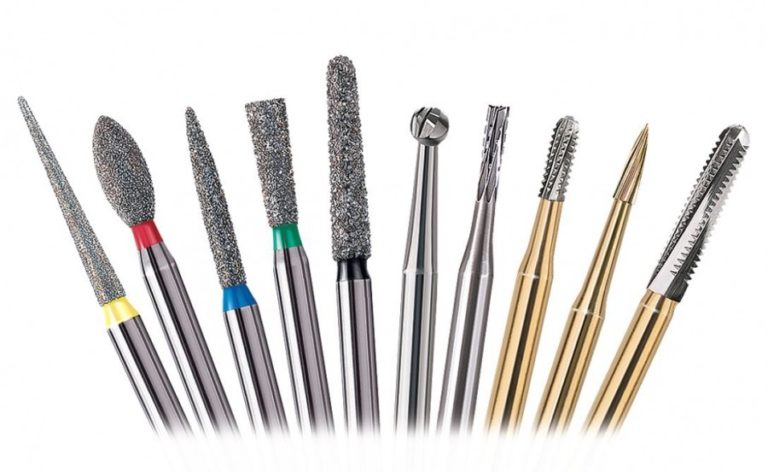As a dentist, selecting the appropriate dental burs is crucial to ensuring precision, efficiency, and patient comfort. With a wide range of burs available, it’s important to understand the various types and the specific tasks and dental treatments they are designed for. Read on, as we explore how to choose to correct dental burs for different procedures as well as some valuable insights for dental professionals.
Understanding Dental Burs
Dental burs are rotary cutting instruments used by dentists to remove, shape, or prepare tooth structures during various dental procedures. They consist of a head with cutting surfaces, known as flutes or blades, attached to a shank that fits into a dental handpiece. You should choose your burs depending on the procedure, as well as tooth structure and the outcome that is desired by yourself and the patient. According to this Invisalign dentist in West Point VA, selecting the right dental bur can significantly enhance the efficiency and outcome of dental treatments.
Choosing the Right Dental Burs for:
Diagnostic Procedures
Diagnostic procedures refer to the exploration of caries or the detection of cracks in teeth. In this instance, dentists are likely to use prope-like burs that have rounded tips. This is helpful when gently probing the teeth, as it allows you to do so without causing damage or discomfort to your patients.
Tooth Preparation for Fillings
When teeth are prepared for a filling or another restorative procedure, dentist franklin tn Dental often use diamond or carbide burs with coarse or medium grits. This is because these types of burs are designed to effectively remove decaying or damaged tooth structure without impacting healthy enamel. A tapered or flame-shaped bur is recommended for the initial preparation, while you may wish to swap to a round or cylindrical bur for refinement and smoothing.
Crown and Bridge Preparation
Crown and bridge preparation requires incredibly precise shaping of the tooth to accommodate prosthetic restorations. Dentists may use diamond or carbide burs with fine or extra-fine grits for this purpose. Flame-shaped or football-shaped burs can be used to create axial walls and chamfer margins. We then move onto tapered wheel-shaped burs, which are ideal for finishing.
Endodontic Procedures
Dentists use specialized burs, such as Gates Glidden burs or Peeso burs, to access and shape the root canal system during a root canal treatment. However, you still have choices to make. These burs are available in a range of sizes and tapers to accommodate different canal configurations. The correct size burs for the situation will better aid you in cleaning and shaping the teeth.
Surgical Procedures
During surgical procedures such as oral surgery and periodontal procedures, it’s advisable to use surgical burs. They could be round burs or fissure burs, designed for precise cutting and tissue removal, including bone removal or soft tissue reshaping.
These burs are ideal as they minimize trauma to the surrounding structures within the mouth.
Choosing the right dental burs is essential for achieving optimal outcomes in various dental procedures. We hope this recap comes in handy when understanding and selecting the most appropriate tools for a treatment. With careful consideration and expertise, dentists can enhance their clinical practice and provide high-quality dental care to their patients.
